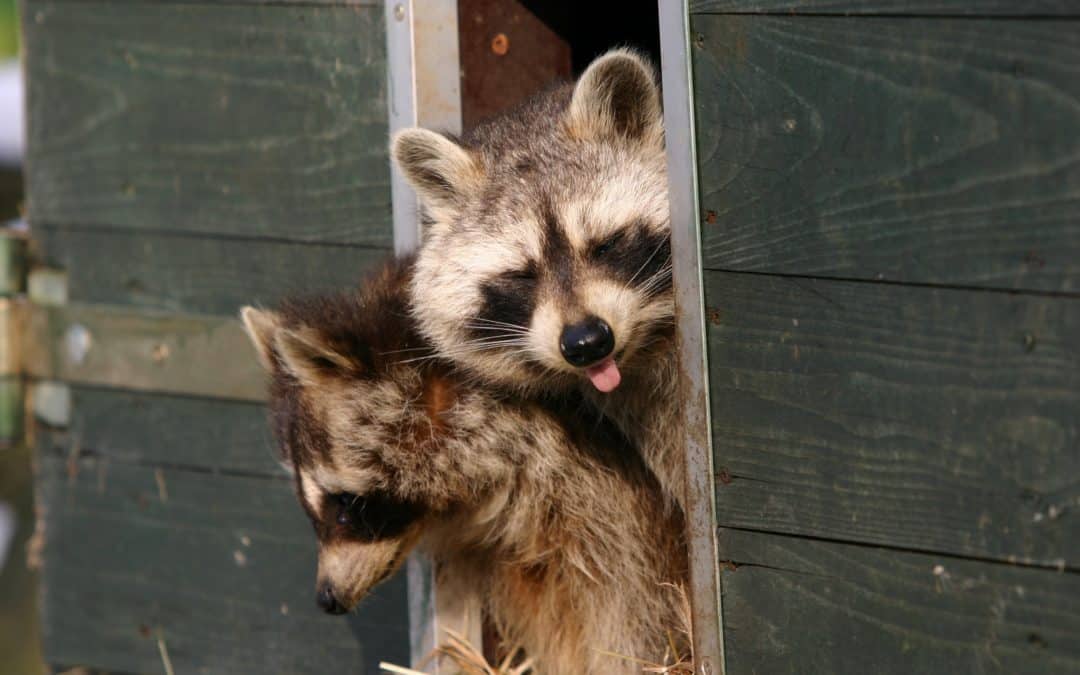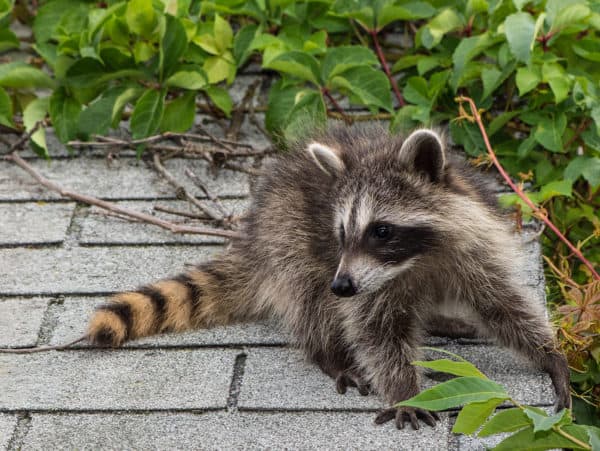READY TO GET STARTED?
REQUEST A FREE ESTIMATE
Fill out the form below or call (888) 466-7849 for a free, no-obligation estimate.

The temperatures have dropped, the warm heat is running throughout the house, and we are all bundled up under a blanket come nightfall. While we enjoy the indoor warmth, the creatures outside could be a bit envious. Most wildlife animals are looking for shelter to keep them warm and provide them with a food source. We breakdown some common wildlife that roam about during the colder months and why they can be harmful to your home and family.
Norway Rats
One common pest encountered in the fall and winter is the Norway rat. These rodents are most active at night, when they begin their search for food and water. They exist in large numbers and are known to produce up to 5 litters per year with an average of 7 babies per litter! If given the opportunity, Norway rats will enter through open holes and gaps leading inside your home. If they gain access, they can be dangerous as they will chew electrical wires, putting you at risk of house fires.
Raccoons
While raccoons can look cute to some, having them destroy your property is not ideal for any homeowner. These animals are talented, capable of using their paws to open doors and lids. They often live in hollowed trees or caves but can also sneak inside the attic and garage to find warmth and food. Once these pests find a food source, they will keep returning to search for more. This can be not only dangerous, as there is potential they could have rabies, but it is also a nuisance as they can cause considerable damage to your roof or inside the home.
Squirrels
Squirrels spend most of their time in trees foraging for food. While these animals might look harmless, they can easily become a threat if they find themselves inside your home. These pests are looking for a food source and will commonly invade bird feeders, garbage cans, and attics. If access is gained into your attic, squirrels can cause damage to the wood, insulation, wires, and even storage boxes. Their urine and droppings can also contaminate attic insulation, which can be extremely costly to replace.
If you suspect that one or more of these wildlife creatures have gotten inside your home, it’s best to contact your local wildlife control company. A professional will be able to locate any entry points, create a customized plan, and prevent them from returning in the future.

With warmer weather here, many animals are beginning to emerge from hibernation and are ready to roam. Unfortunately for many homeowners, that means you may need to start protecting your home from wildlife entering. Pests such as squirrels, mice, raccoons, and more are in search of food and water, two things that can be easily found in your home.
There are a few signs that you can look for if you suspect that you have wildlife inside your home. The first is hearing noises. Some animals tend to sneak in-between walls or find their way up into attics. You can hear them running in your attic or hear scratching noises inside your walls. If you hear these noises and happen to see small openings in walls, it is most likely that these animals are inside your house.
Another sign to look for is seeing droppings from animals. Places to look for these droppings include basements, along baseboards, or even in pantries. Animal droppings can be considered very dangerous as their feces can contaminate the air in your home. The contaminated air contains spores that develop from the fungus grown in animals’ fecal matter, causing illness if breathed in.
Keeping wildlife out of your home can be challenging but with these wildlife prevention tips you can lessen your chance of seeing these animals inside your home.
Depending on the pest, it’s always best to have a customized plan for removal. Make sure to call your local pest control company who can inspect and create a plan to remove and prevent these animals.